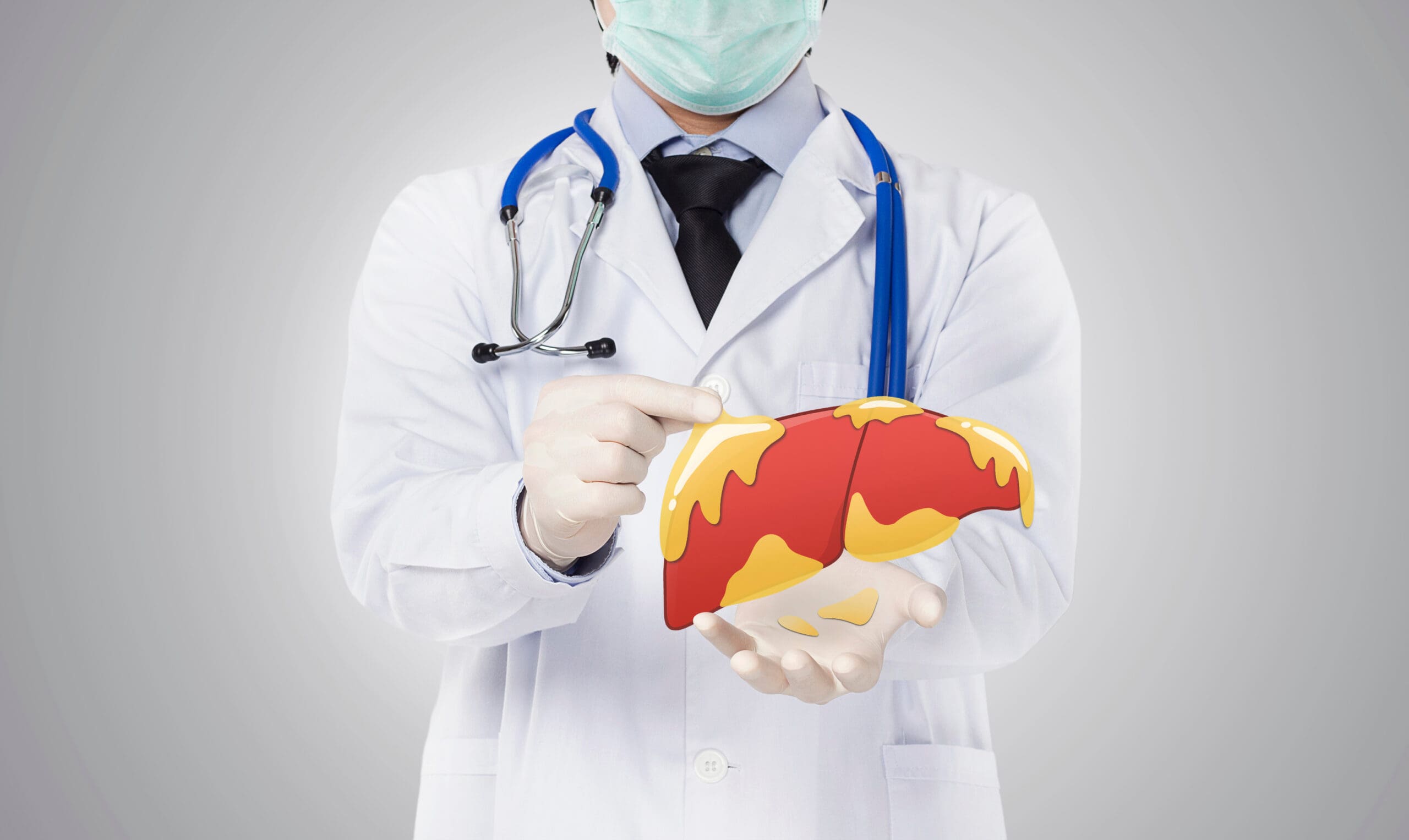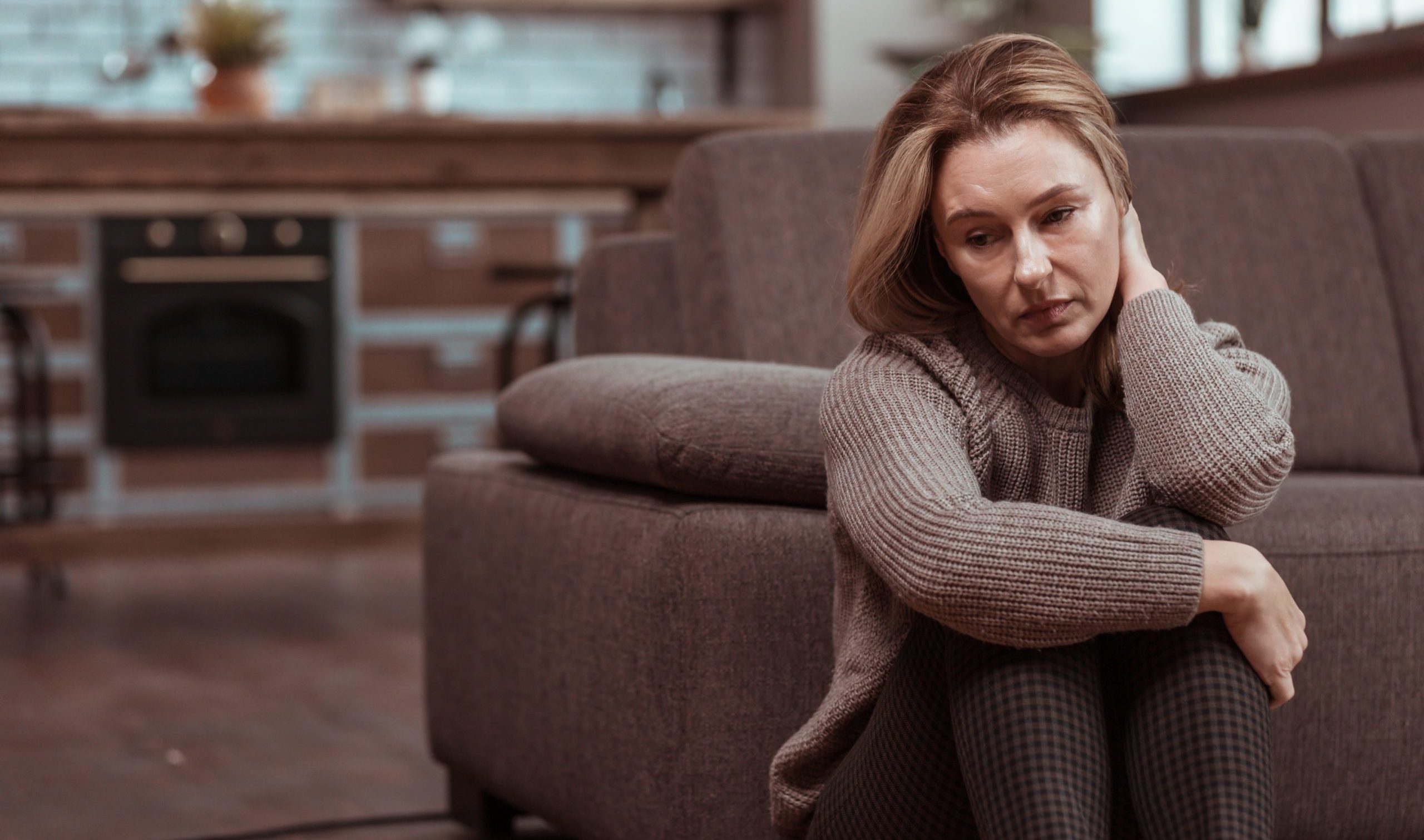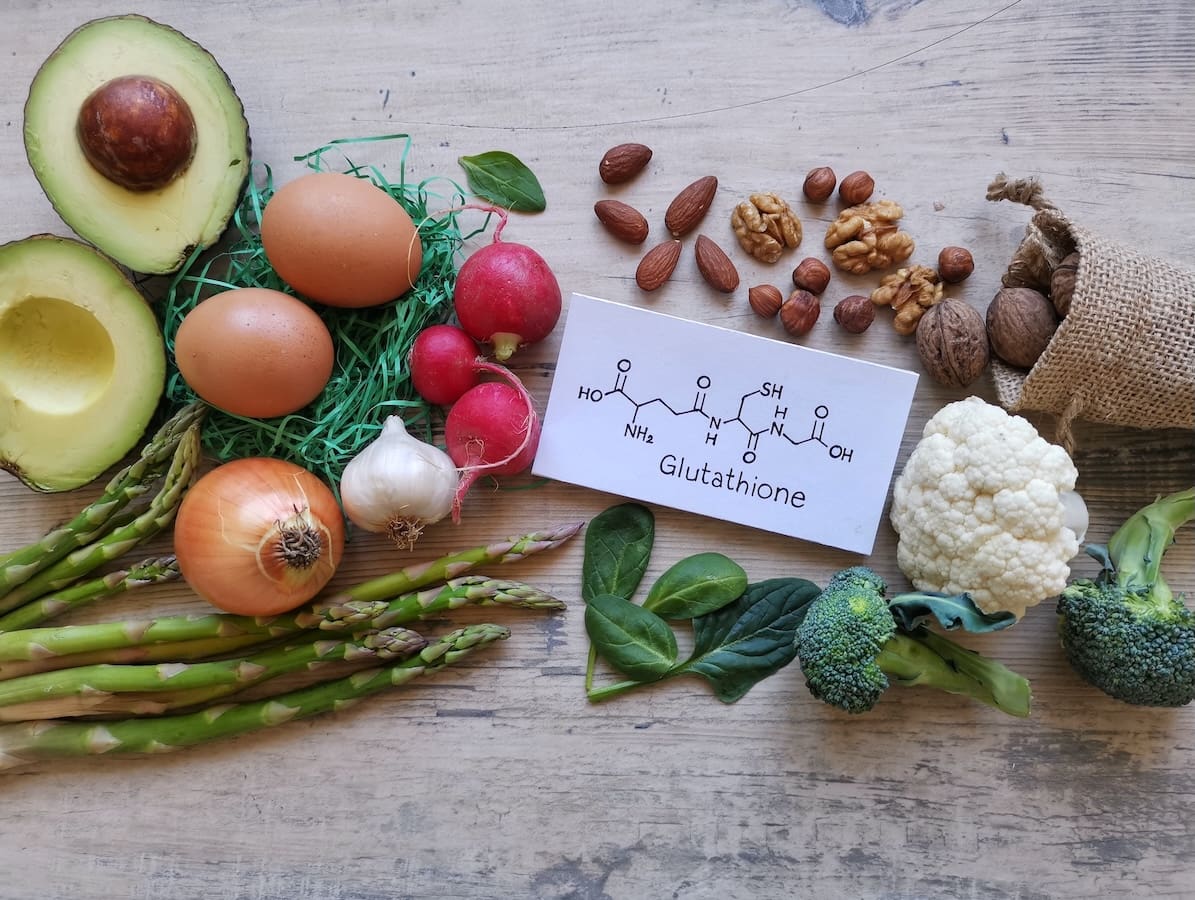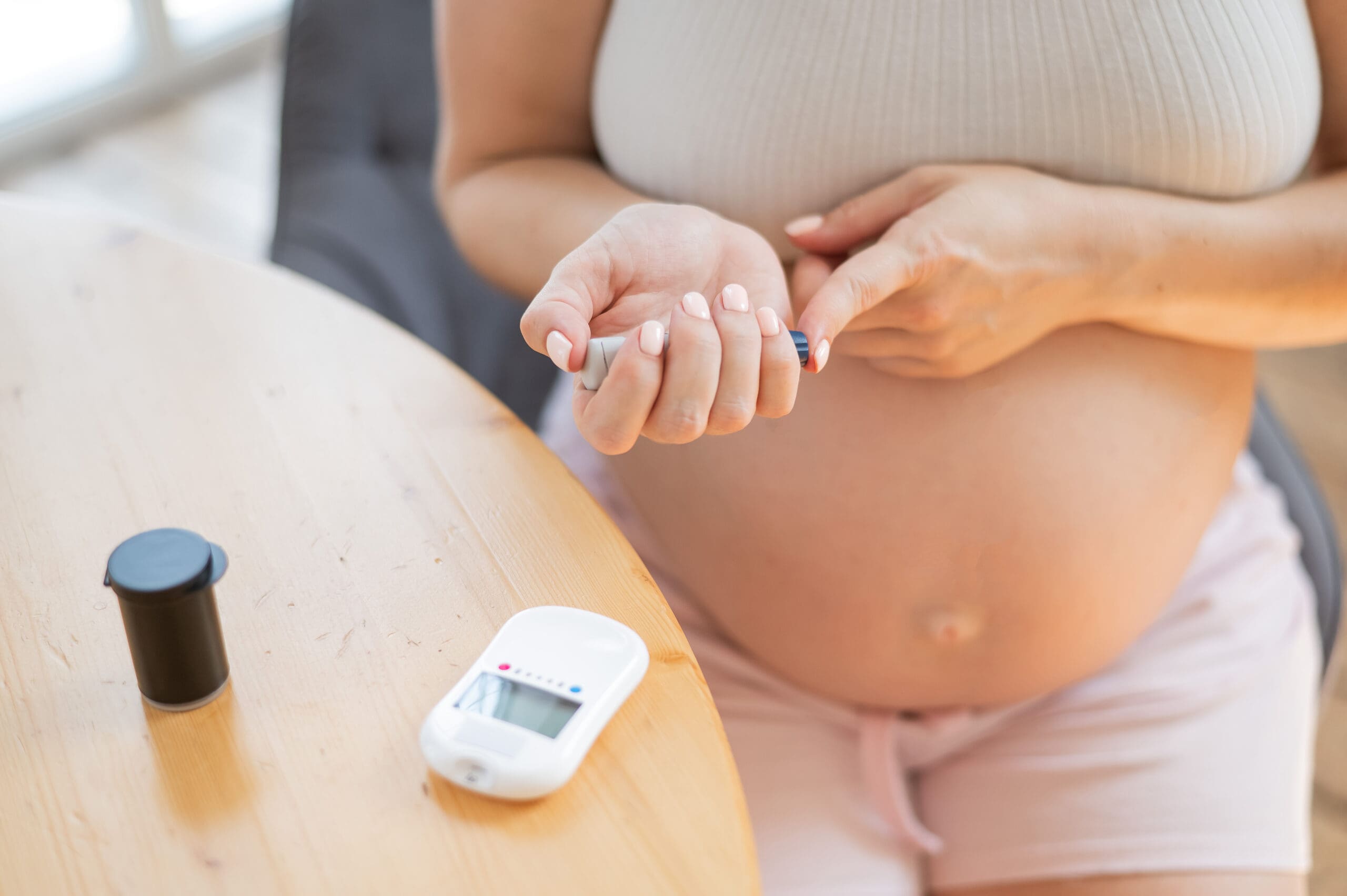What to do after your gallbladder is removed
Your liver cells are continually making bile, whether you have a gallbladder or not. Once the gallbladder is removed you lose the ability to store and concentrate bile in the gallbladder and bile continually flows through the bile ducts into the small intestine.
When you eat a meal you don’t get the extra squirt of bile from the gallbladder into the small intestine and thus your ability to dissolve, digest and absorb dietary fat may be reduced. Some people have problems after losing their gallbladder and this can be helped by various medical treatments.
The most common problems after the gallbladder is removed are-
- Indigestion and/or reflux
- Bloating after meals
- Diarrhoea from unabsorbed fats remaining in the gut
- Itching skin and a sallow complexion
These problems can be helped by the following drugs:
Cholestyramine
Cholestyramine is a medication most often used to lower cholesterol levels and works by binding bile salts in the bowel and taking them out of the body. It is a safe, effective and well tolerated medication that I think is underutilized. Cholestyramine can relieve the awful itching associated with some types of liver disease and jaundice. It is very effective in controlling chronic diarrhea that can be a side effect of gallbladder removal. It is taken in sachets as it is a powder and must be prescribed by a doctor.
Ursodiol
Ursodiol is a bile acid, found normally in human bile. Ursodiol is also used as a medication (tablets or capsules) and brand names include Actigall, Urso, Urso 250 and Urso Forte.
Some people find that Ursodiol helps to reduce indigestion and bloating as well as itching skin.
Ursodiol is often prescribed for the treatment of gallstones, as it has been found effective (although very slow), in dissolving them. Gallstones are formed from cholesterol stored in the gallbladder. Ursodiol dissolves the cholesterol from the stones and also reduces cholesterol production by the liver. It works better for smaller gallstones, including tiny stones stuck in bile ducts and those that are loose. The success rate for dissolving gallstones up to 20 mm in size is around 40 percent. Ursodiol can be used as part of a holistic program to prevent gallstones in those who keep forming more stones, even after the gallbladder has been removed.
Ursodiol can also be used to prevent the formation of gallstones, especially in patients who are undergoing rapid weight loss. Normally in the gallbladder, there is a balance between bile salts and cholesterol and fast weight loss can cause this balance to be disturbed. During fast weight loss (more than 1.4 kilograms or 3 pounds per week), bile salts tend to decrease and cholesterol increases. A 2008 issue of the medical journal “Obesity Surgery” states that ursodiol medication has been found to be effective and very safe for the prevention of gallstones in patients who have undergone bariatric (weight loss) surgery.
Ursodiol is also used as a treatment for primary biliary cirrhosis (PBC), which is a liver disease that destroys the liver’s bile ducts. When this happens, bile cannot flow to the small intestine to help with the digestion of fats. The bile remains trapped in the liver and causes damage to the liver’s cells which can lead to cirrhosis. Since ursodiol is a bile acid, it improves liver function in those with PBC. It can increase life expectancy and buy time for the patient who is waiting for a liver transplant. Ursodiol must be taken daily for life or until the transplant occurs.
Continuing Problems
Some people continue to have problems in their tiny or large bile ducts after the gallbladder is removed such as –
Toxic unhealthy bile inflames the bile ducts
Sluggish thick bile increases back pressure in the bile ducts leading to liver cysts which can be painful. Large to medium cysts can be seen on an ultrasound scan of the liver whereas tiny cysts in the bile ducts may only be seen on an MRI scan of the liver.
If the underlying problem of thick, sluggish or toxic bile is not improved the liver cysts may grow much larger causing chronic pain in the area of the liver.
Auto-immune diseases of the bile tract
There is a liver disease called Primary Biliary Cirrhosis (PBC) and it is caused by inflammation in the bile ducts within the liver; this inflammation extends beyond the bile ducts into the liver tissue surrounding the bile ducts.
The cause of this disease is the patients own immune system, which attacks the bile ducts and the surrounding liver tissue; this causes inflammation which damages these tissues.
What are the causes of this inflammation?
- Genetic factors – you may have autoimmune disease in your family
- Food allergies
- Gluten intolerance – to determine if this applies to you, have a genetic test to see if you have the genes for gluten intolerance. This is a genotype blood test.
- Adverse reactions of your liver to certain prescribed drugs/medications
- Build up of toxins and bacteria in the bile ducts








Brilliant article!